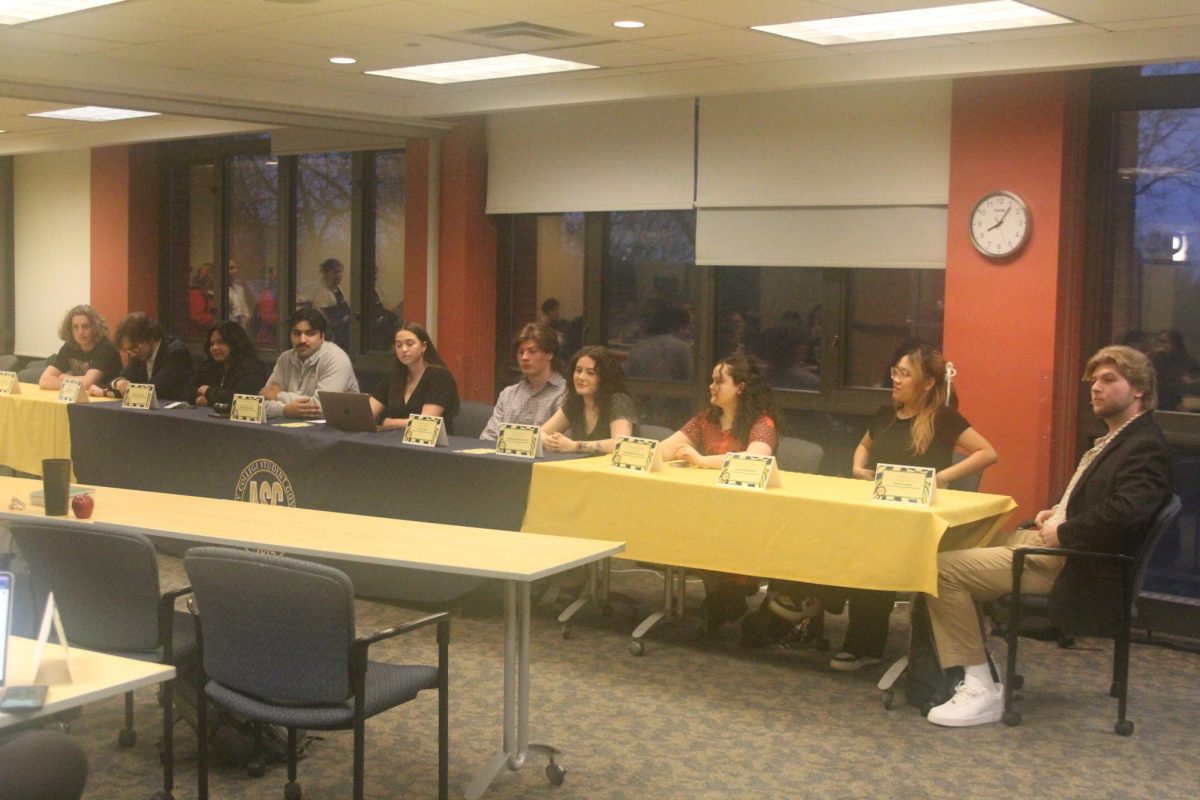In light of the college’s most recent tuition increase, many students have expressed a renewed interest in the allocation of the college’s funds.
President Jim Mullen sent out an e-mail on Feb. 10 notifying students and faculty of a 3.76 percent increase in tuition for the coming academic year.
Many students want to know where this money is going.
“Students pay four different fees to the college: Tuition, student activity fees, room, and board,” said Scott Friedhoff, Vice President of Finance and Communications. Activity funds, which were $320 for the 2009 – 2010 academic year, are turned over to ASG and the health center. These funds cover the expenses associated with running various clubs on campus. Tuition revenues fund programs like ACCEL and pay for the faculty’s salaries and benefits.
“Benefits don’t change, but their cost rises each year,” Friedhoff said. “Many of our costs are externally determined.”
Vice President of Financial Services, David McInally, agrees with this assessment. He broke down the cost of running the college and the allocation of tuition funds.
“Each year, the Finance and Faculty Committee meets, makes requests, and sends the budget to the administration,” he said. “The administration reviews it in October and November and makes decisions in December, including how to accommodate these requests and decide tuition for the coming year.”
The FCC has $7,220,000 to work with this year. External costs, such as postage, utilities, textbooks, and the cost of health insurance all rose, however, leaving the college strapped for cash. Allegheny is not alone. Of all the colleges in the surrounding area, only Hope College raised its tuition less than the increase implemented at Allegheny.

Tuition is 56 percent of the college’s revenues, while the rest come from gifts and grants from alumni. Out of this combined amount, 53 percent pays for the faculty’s salaries and benefits. If tuition remained the same each year,
McInally said, the college would have less buying power.
“All of Allegheny’s expenses are directed towards undergraduate education,” McInally said. “We have to compete with other colleges when it comes to retaining excellent, qualified staff.”
Allegheny did earn 2.9 percent more revenue this year than it did last year. As revenue increases, however, the college offers more financial aid to incoming students. The average discount rate per student is 46%: For every dollar a student is charged, the college only collects $0.46.
The college also has an endowment fund and may access 5 percent of it each year, so long as it pays it back. Inflation increases at an average rate of 3 percent year. If the college wants to spend 5 percent of its endowment funds, it must earn 8 percent by investing in hedge funds, promising stocks, and bonds.
Housing is funded in similar ways.
The new North Village Phase II building is funded by loans borrowed from commercial banks.
“It’s similar to your parents buying a house and paying off the mortgage,” Friedhoff said.
Only the students choosing to live in North Village Phase II will pay back the project’s loans with their room and board fees.
The college also pays for the housing project indirectly by issuing bonds to public investors. Bonds are easy, low-risk additions to a financial portfolio.
Trustees of the college typically have first access to the bonds on sale.
“It sends a message of loyalty, support, and trust to the alumni,” Friedhoff said.
The complicated nature of funding exasperates some students who wonder where their money is going.
Most of them, though, believe that the funds are spent wisely.
“It’s not like they just charge you an extra thousand dollars a year and go out and buy a BMV,” said Abby Sorenson, ’12. “I know incoming freshmen were offered an extra five grand last year for the Trustee Scholarship. Upperclassmen weren’t offered that, though. A lot of the scholarship money here, like the stuff in the back of the course catalogue, isn’t available until you’re a junior or senior.”
As costs across the board steadily increase, students and the administration will need to engage in open dialogue to untangle the complex financial plans for the college and work to maintain financial stability in the coming years.






